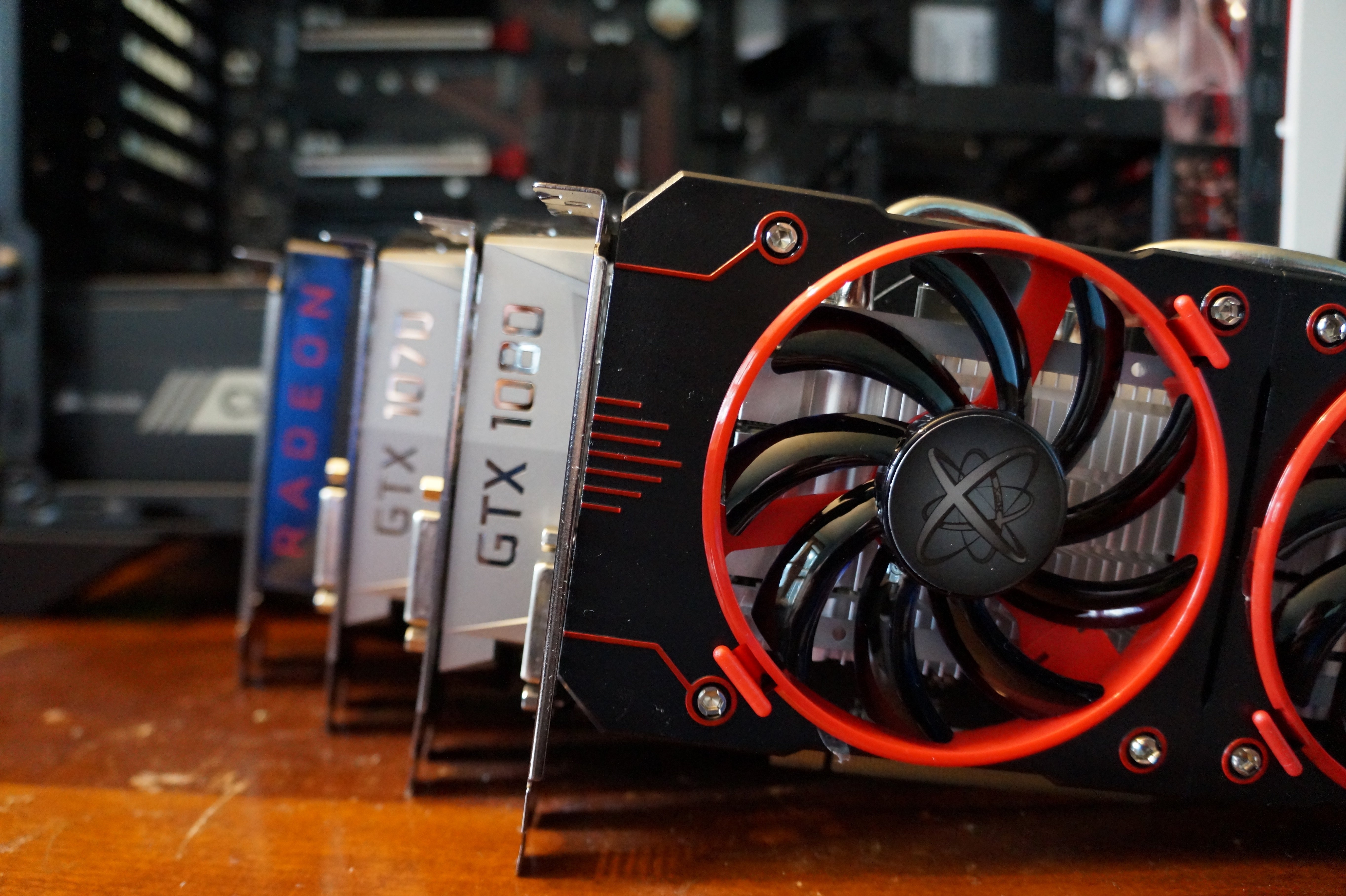1K
The power consumption of graphics cards is an important factor when choosing new models. However, their usage behaviour is also of interest
Graphics card power consumption: important factors
Graphic cards are important components in your computer. Like any of the components, a certain amount of power is required to run them. This power consumption is to be expected:
- The power consumption of a graphics card depends on various factors, such as the power of the graphics card, the number of cores and the clock speed.
- Most modern graphics cards have a power consumption of about 100 to 300 watts. At three hours per day, this results in a power consumption of about 110 to 330 kWh. At 35 cents per kWh, the graphics card will cost you 38.50 to 115.50 euros.
- Some high-end graphics cards, however, can consume up to 500 watts or more.
- The power consumption of a graphics card also depends on the type of application. For example, a graphics card uses less power when playing videos than when running elaborate 3D games.
- Most graphics cards have a power supply via a PCIe slot on the motherboard. However, some high-end graphics cards require additional power via a 6- or 8-pin power connector.
- The power consumption of a graphics card depends on the efficiency of the power supply that provides the power to the graphics card.
- It is important to consider the power consumption of a graphics card when selecting a power supply to ensure that the power supply provides sufficient power to the graphics card.
Graphics card trivia
When choosing a graphics card, power consumption is certainly a decisive factor, but there are other facts worth knowing.
- Choose a graphics card that suits your needs: If you only do simple tasks like surfing the web or word processing, you don’t need a high-end graphics card. However, if you play games or edit videos, choosing a powerful graphics card is advisable.
- Look at the interfaces: Check that the graphics card has the right connectors for your computer. Most modern graphics cards use the PCIe connector, but older models may use AGP or PCI.
- Check compatibility: Make sure the graphics card is compatible with your operating system and motherboard. Also check that your power supply can provide enough power for the graphics card.
- Consider cooling: A powerful graphics card generates a lot of heat, so good cooling is important. Check whether the graphics card has a fan or water cooling.
- Look at the specifications: Check the graphics card specifications, including clock speed, number of shader units and memory size. These factors affect the performance of the graphics card.
- Compare prices: Graphics cards can be very expensive, so it is important to compare prices. Check different online shops and compare prices to find the best deal.
